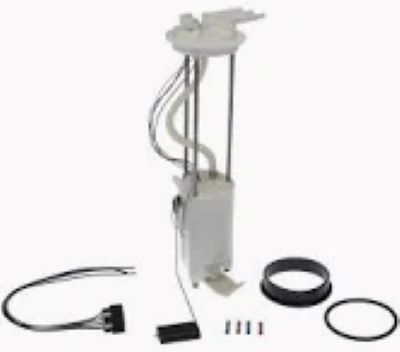The flow of fuel through the fuelpump is controlled by a hybrid arrangement of mechanical and electronic devices to supply sufficient fuel in various speeds, loads as required for engine. For a mainstream vehicle, fuel pump will yield 30 ~ 150 liters flow per hour (lph), but high performance vehicles may requie one that flows more than 300 lph. This span is vital, as too little or much of flow can result in poor engine performance harming the engines.
Fuel pressure regulator : the fuel flow rate is mainly controlled by this device and it assures that a constant pressure in your rail full of atomized gasoline remain always, usually at 40 to 60 PSI. As the engine calls for more fuel, especially under acceleration, a pressure regulator at the entry to each rail system ensures that additional required amounts of fuel can flow from pump to injectors in order that this mix may remain ideal once inside combustion chamber. Sensors in electronically controlled systems send the electronic control unit (ECU) real-time information about how much fuel is required by the engine, allowing it to set a new speed for your car's fuel pump.
They also take advantage of variable speed fuel pumps, which helps even more in controlling the flow rate. This means the pumps will change their operating speed with voltage input, able to react instantaneously and in tune with any given engine requirement. For example, a solenoid sends higher voltage to the fuel pump at high RPMs so that it is able to flow more fluid from tank-to-engine; and then decreases voltage when in idle mode which helps save energy. According to automotive experts the pump operates with much less than a fixed displacement one and can achieve fuel savings of as much as 5%, this is quite an impressive improvement when it comes to overall mileage potential.

Fuel pump controllers are a crucial component in high performance and racing applications interception of flow rates. Both Aeromotive and Bosch around two of the companies that have created a complex controller which can let you carefully place fuel flow in relation to engines with more than 500 horsepower. They use the throttle position sensor and air-fuel ratio sensors to adjust flow rate accordingly under hard driving conditions.
A different kind of combustion requires flow rate control -- which is especially true for vehicles like those that run ethanol, a fuel we expect the Turbocsafe CarChip will help swim through! Pumps that are ethanol-compatible have higher flow capacities as well, since it takes roughly 30 percent more fuel volume than gasoline to make the same power with ethanol. This higher flow rate is critical for supporting the engine output and efficiency with alcohol-based fuels.
Flow rate is also affected by mechanical factors, such as the size and length of the fuel lines. Longer Fuel Lines/Resistance -- Wider or shorter fuel lines actually reduce resistance and let bigger flow rate move from the fuel pump to the injectors. In total, these technologies deliver a fuel pump flow rate that allows for electronically controlled and mechanically adjusted in the engine to receive sufficient supply of fuel compared with various driving conditions.
